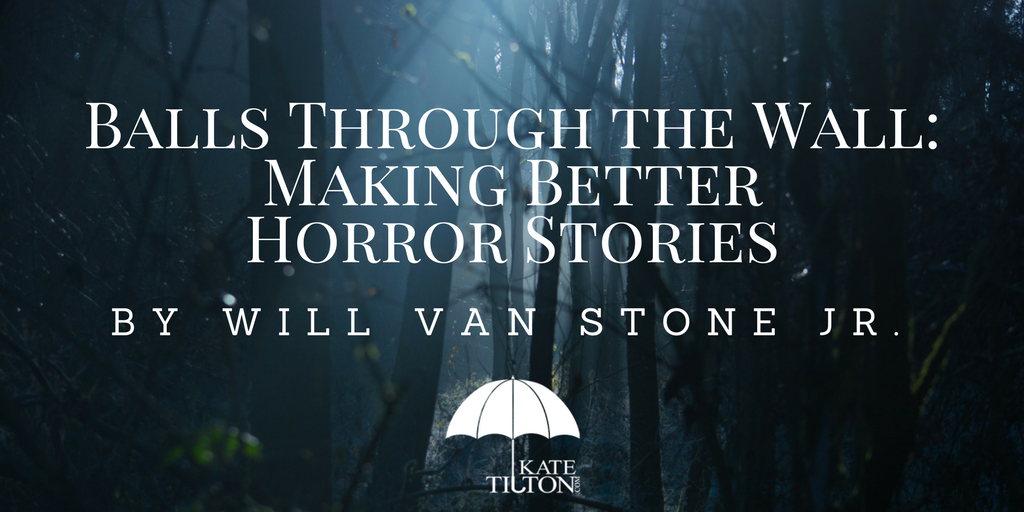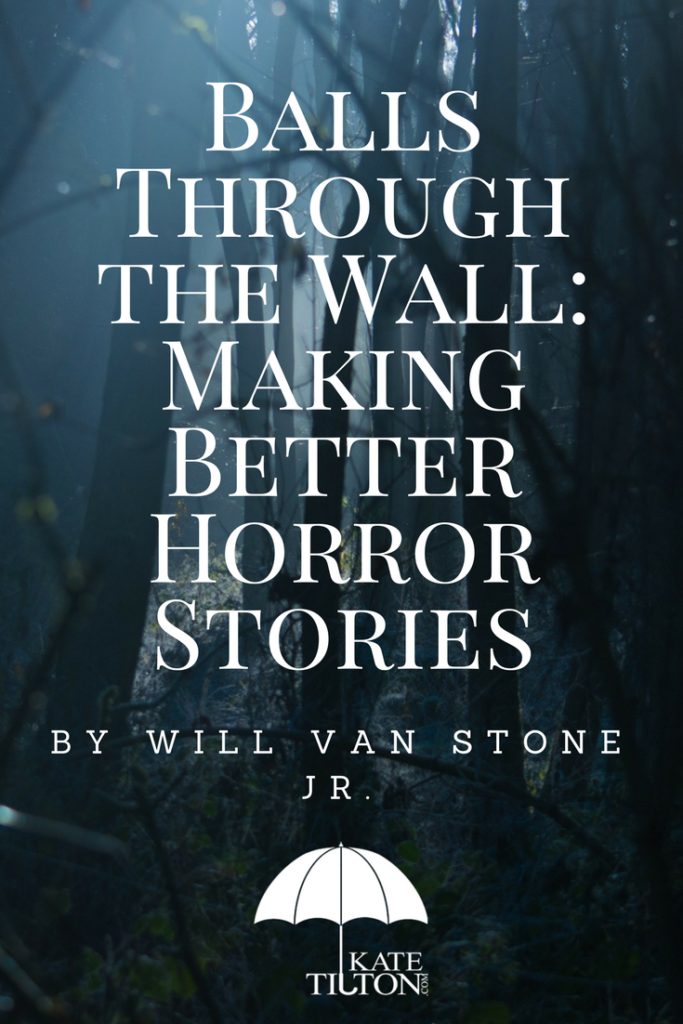
Art should comfort the disturbed and disturb the comfortable.
Cesar Cruz
When it comes to sex and violence, writers can sometimes be a bit skittish when it comes to how extreme either should be. They take all sorts of things into consideration and that can do serious harm to the impact those scenes can have. After all, everyone and their mother have heard of A Serbian Film yet few have seen the shocking feature. Why? Because the filmmakers saw the line and catapulted over it.
Maybe you don’t want to be known for graphic imagery and unadulterated depravity. If that’s the case, I hope to convince you otherwise as to truly reach the deepest recesses of base emotions that stories need to stoke are inflamed when your dear reader is gripped by them instead of lead on a leash.
Back when Halloween was released in 1978, there was something truly horrifying about the masked stalker murdering hapless babysitters and their boyfriends in relatively bloodless manner. By the time I was introduced to the franchise decades later, a knife-wielding maniac who spilled little to no blood was scary – I was, like, 12, so don’t read too much into it – it didn’t rock my world, mostly because my world is full of knife-wielding maniacs, thanks to the internet and it’s unlimited trove of evil.
Only through art can we emerge from ourselves and know what another person sees. Marcel Proust
To survive, and compete, entertainment needs to show the depths of that evil and I, for one, think that’s a good thing. I can remember watching A Nightmare on Elm Street: The Dream Child when my friend brought it over and began to root for Freddy. Yes, he was a violent child-killer but because the film only went so far with the evil acts, it remained a purely fun experience where another dead teenager meant another colorful and creative death scene. The fact that he was a deranged murderer was pushed into the background.
Then came the reboots; 2007 brought us a new Halloween while A Nightmare on Elm Street was resuscitated in 2010. Both of these films went beyond the originals in terms of violence and gore and, as a result, it was easier to see them as the cruel beasts they were always meant to be. With one film, the true horror of these characters was where it belonged: in your face and under your skin. Freddy became a child molester, which was Wes Craven’s original idea (he dropped it after a rash of child abuse cases appeared in California and he didn’t want to be seen as using them to make money ‘cause that would’ve been bad and wrong) and Michael didn’t just snap one day but was a full-on psychopath who reveled in killing every person who even blinked in his general direction. These were not cheer-worthy baddies; these were bona fide sources of evil that spilled buckets of blood. Talk about visceral.
It’s not only violence and gore that makes a horror story horrific; there’s also atmosphere. The Witch was light on brutality but felt terrifying with its candlelight, heavy shadows, unseen evil and, of course, that one through-the-walls-ish scene when a naked Caleb stumbles home after the witch had her way with the boy (honestly, one of the most disturbing moments in film simply for the implied sexual abuse). Many storytellers avoid that particular kind of abuse when the victim isn’t female or a meant-as-humorous moment with a male one and that’s a mistake as the victimization of a boy can twist your reader up in ways you couldn’t imagine simply because of society’s backward views. If The Witch hadn’t hidden behind the vagueness and actually solved the mystery, it would’ve moved audiences with both empathy (for Caleb) and utter disgust (for the witch). Learn from this.
Cringe is important to horror; a reader should want to look away while hungry to turn the page, they should have moments where they need to stop and let their tummy calm before moving on to the next skin-crawling scene. To create horror is to inspire fear, dread, and shock. Playing it safe won’t cut it anymore; to succeed, you need to go beyond what you think are enough and plow forward into darkness.
Last year I sent Innocence Lost to some beta readers and received the most wonderful responses in return: my mind was a frightening place; the violence was shocking; there was a palpable sense of dread and disgust in the air and, my personal favorite, an inability by one reader to make it past chapter five. While I’m currently working on one more draft, I consider the feedback as pure win. All the emotions a horror story should give rise to made their appearances. Success!
When you make music or write or create, it’s really your job to have mind-blowing, irresponsible, condomless sex with whatever idea it is you’re writing about at the time.
Lady Gaga
Along with violence, sex often makes an appearance in horror; many films since those late 70’s films have had quite a bit of oo la la. A number of those films used sex as a sign that the character was tainted, somehow deserving of death; only the wholesome virgin was allowed to live – the “final girl” trope – while her more adventurous friends were lambs for the slaughter.
Forget that dribble. Now. This is 2017 and prudishness has no place in horror. Let your characters knock boots even if they’re slated to survive. And while you’re at it, go all out with those scenes. Titillate your audience as much as you disturb them. They can handle it, really.
Sex scenes, like any other kind, should bring out certain emotions and sensations from deep inside your reader. While violent ones should make them know agony, sex scenes should give them a sense of euphoria, like how one feels after devouring a piece of Godiva chocolate. Stories are journeys; don’t like take your audience along for the ride but let them experience it, even if that means finding a few synonyms for those certain body parts you’d normally blush at the mention of.
The chief enemy of creativity is good sense.
Pablo Picasso
The only question, really, is how far do you go? At what point do you draw that line in the sand and say ’no more, Satan’ and move on to the next scene? Well, I’ll tell ya what I do: when I think I’ve gone as far as I should, I take three steps and leap forward. The moment I think ‘that’s all folks’ I assume it’s my own brain’s way of telling me people will talk and say mean things about me. I listen and go beyond. Balls through the wall, people.
It takes a certain something special to write a story that digs in deep and plays with a person’s psyche. Don’t be discouraged if it takes some time to find those places in yourself to lay before the eyes of other. And don’t let your preconceived notions about what’s good and proper stop you from taking that story to new heights; all you need to is embrace your inner deviant and let the naughtiness flow. Don’t fade to black. Be explicit.
Creativity takes courage.
Henri Matisse


Leave a Reply